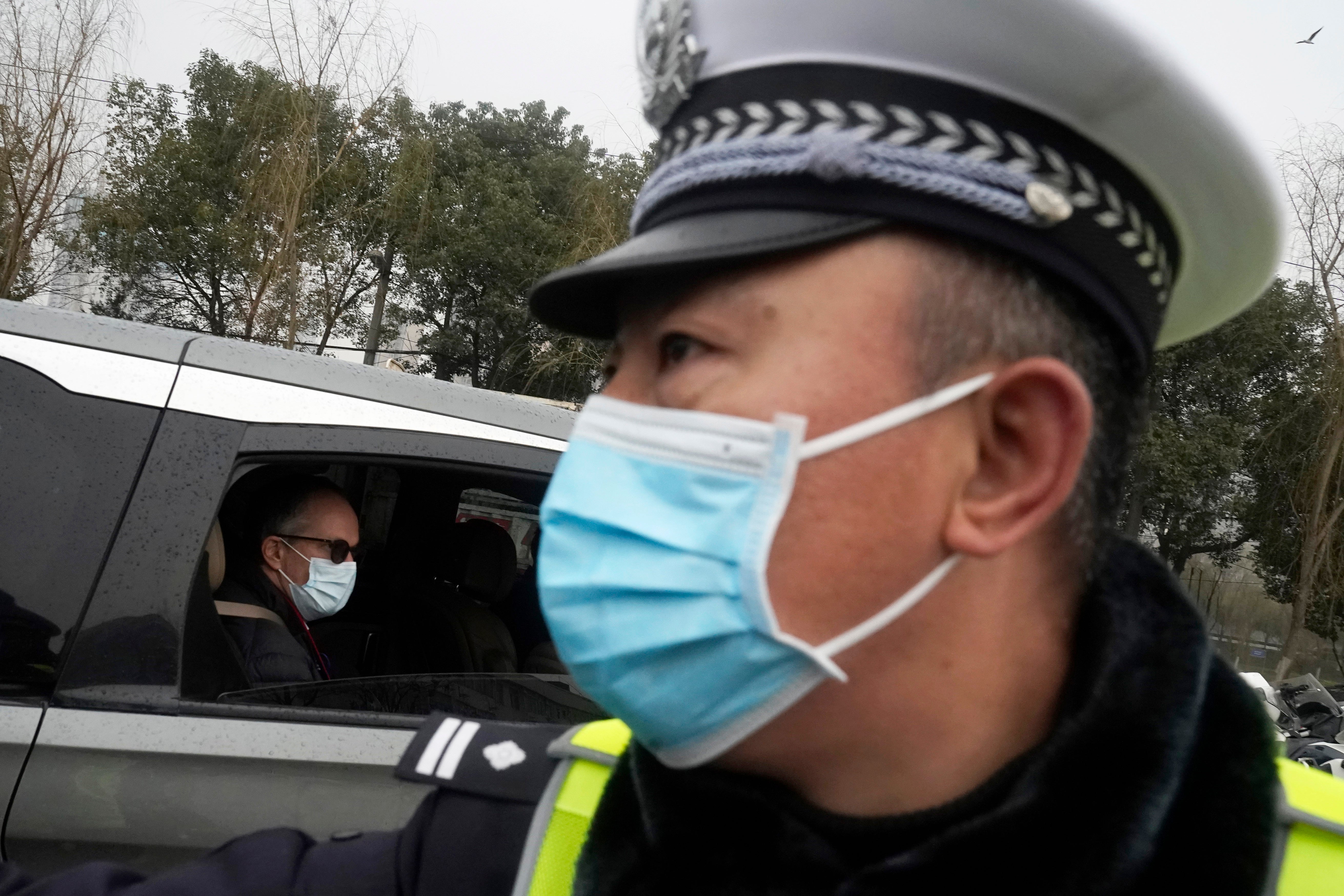WHO teams visits Wuhan food market in search of virus clues
A World Health Organization team looking into the origins of the coronavirus pandemic is visiting a market known to be the food distribution center for the Chinese city of Wuhan during the 76-day lockdown last year

Your support helps us to tell the story
From reproductive rights to climate change to Big Tech, The Independent is on the ground when the story is developing. Whether it's investigating the financials of Elon Musk's pro-Trump PAC or producing our latest documentary, 'The A Word', which shines a light on the American women fighting for reproductive rights, we know how important it is to parse out the facts from the messaging.
At such a critical moment in US history, we need reporters on the ground. Your donation allows us to keep sending journalists to speak to both sides of the story.
The Independent is trusted by Americans across the entire political spectrum. And unlike many other quality news outlets, we choose not to lock Americans out of our reporting and analysis with paywalls. We believe quality journalism should be available to everyone, paid for by those who can afford it.
Your support makes all the difference.A World Health Organization team looking into the origins of the coronavirus pandemic on Sunday visited a market known to be the food distribution center for the Chinese city of Wuhan during the 76-day lockdown last year.
The team members were seen walking through sections of the Baishazhou market — one of the largest wet markets in Wuhan — surrounded by a large entourage of Chinese officials and representatives.
The members, with expertise in veterinarian, virology, food safety and epidemiology, have so far visited two hospitals at the center of the early outbreak — Wuhan Jinyintan Hospital and the Hubei Integrated Chinese and Western Medicine Hospital.
On Saturday, they also visited a museum exhibition dedicated to the early history of COVID-19.
The Geneva-based WHO said on Twitter last Thursday that the team plans to visit hospitals and markets like the Huanan Seafood Market, which was linked to many of the first cases. They also listed the Wuhan Institute of Virology and laboratories at facilities including the Wuhan Center for Disease Control.
The mission has become politically charged, as China seeks to avoid blame for alleged missteps in its early response to the outbreak.
A single visit by scientists is unlikely to confirm the virus’s origins. Pinning down an outbreak’s animal reservoir is typically an exhaustive endeavor that takes years of research including taking animal samples, genetic analysis and epidemiological studies.
One possibility is that a wildlife poacher might have passed the virus to traders who carried it to Wuhan. The Chinese government has promoted theories, with little evidence, that the outbreak might have started with imports of frozen seafood tainted with the virus, a notion roundly rejected by international scientists and agencies.
___
Soo reported from Hong Kong.